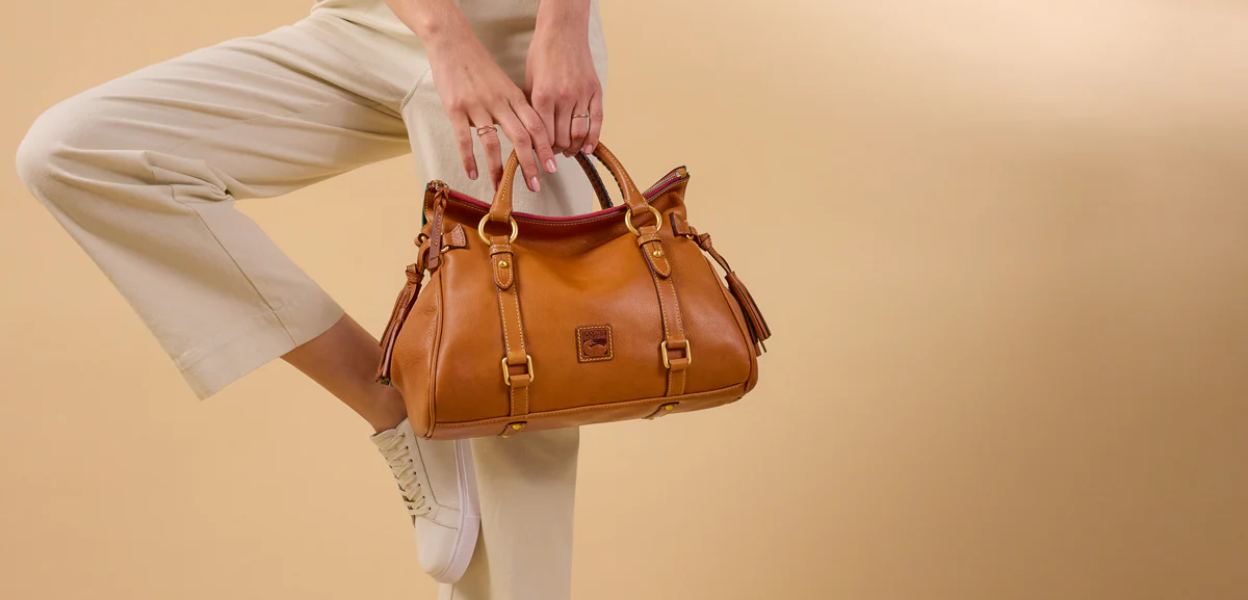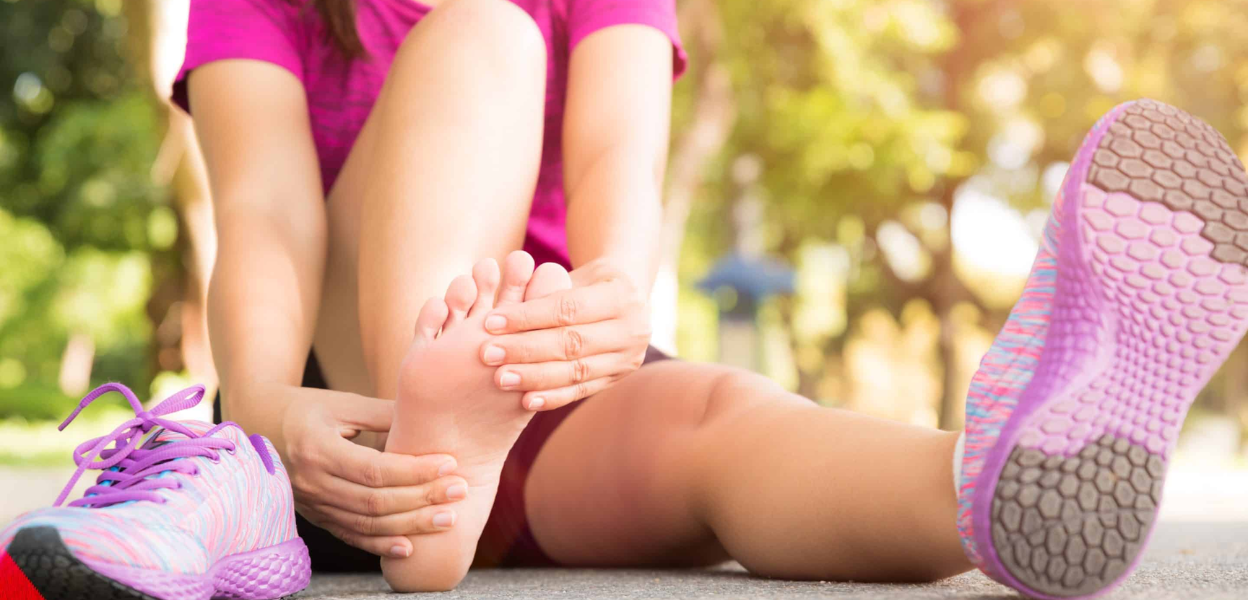How Shoe Materials Affect Your Body Without You Noticing
If you’ve never paid attention to what’s inside your shoes, it’s time to start now.
Ever bought a pair of shoes that felt great in the store but left your feet, knees, or even back aching by the end of the day? It’s a more common experience than you’d think, and no, it’s not limited to size or style. The real culprit? The materials your shoes are made of. Most people never give them a second thought, but shoe materials have a direct impact on your comfort, posture, and joint health.
Whether you're power-walking through your day, standing for hours, or just trying to get through errands in one piece, what's inside your shoes plays a bigger role than you might imagine. In this blog, we’re breaking down what shoes are made of and how each material affects the way your body moves. Plus, you’ll get practical tips for picking the best material for shoes based on your lifestyle, all while making sure your footwear looks and feels amazing. Let's get into it.
Why the Right Shoe Materials Can Make or Break Your Day
Shoes aren’t just accessories. They’re daily tools that your body depends on. And while brands love to market features like “lightweight comfort” or “next-gen cushioning,” what really matters is the stuff those claims are built on. The right shoe materials can help with shock absorption, balance, and even energy efficiency. The wrong ones? Think blisters, joint pain, and that all-too-familiar feeling of "I can't wait to take these off."
If you’re concerned about comfort and health, knowing what your shoes are made of is a must.
Midsole Materials and Why They’re the MVP
The midsole is the heart of your shoe’s comfort system. It sits between the insole (where your foot rests) and the outsole (what hits the ground). This layer determines how cushioned and supported your feet feel throughout the day.
EVA Foam
EVA (ethylene-vinyl acetate) is lightweight, cushy, and super popular in sneakers. It absorbs shock well and offers a soft landing with each step. Great for runners or anyone doing high-impact movement. But it compresses over time, which means it may lose its springy feel.
PU Foam
PU (polyurethane) is firmer and more durable. It offers better energy return, which can help reduce fatigue if you’re walking or standing for hours. It’s often found in shoes good for your feet and posture, especially those made for long-term wear.
Memory Foam
Love that sink-in comfort? That’s memory foam working its magic. It molds to your foot for a custom feel, which is ideal for people with sensitive feet or unique arch shapes. However, it can hold heat and compress over time, making it less supportive in the long run.
Outsoles: The Ground-Level Game Changer
What touches the ground affects what happens further up your body like your ankles, knees, hips, and even your back. That’s why outsole materials deserve your attention.
Rubber
Rubber is flexible, durable, and offers great grip. Most walking, running, and work shoes rely on it to prevent slips and ensure stable footing. It also helps evenly distribute pressure, which is key for posture.
TPU
TPU (thermoplastic polyurethane) is a more advanced material used in many performance shoes. It’s lightweight but tough and gives a slight bounce that makes walking or running feel more responsive.
Dual-Density Foam
These outsoles blend soft and firm zones for better control. Often used in stability shoes, dual-density foam keeps your feet from rolling inward (overpronation), which can throw off your alignment.
Uppers Do More Than You Think
Yes, uppers are the stylish part of the shoe, but they also impact how your foot breathes and stays in place.
Leather
Leather uppers (especially full-grain) are durable, supportive, and mold to your foot over time. They help keep your foot stable and are ideal for structured shoes like boots or formal styles.
Mesh and Knit
These breathable materials are favorites for casual and athletic shoes. They’re lightweight, flexible, and perfect for warmer climates or workouts. Look for reinforced areas for added support.
Natural Materials
Shoes made of natural materials like cork, hemp, bamboo, or organic cotton are a great option if you're looking for breathable, sustainable comfort. Cork, in particular, molds to your feet and adds natural arch support.
The Unexpected Role of Linings and Insoles
These might not get the spotlight, but linings and insoles are the comfort layer your feet rely on every single day.
- Moisture-Wicking Linings: Look for merino wool or treated synthetics that keep your feet dry and odor-free.
- Gel Insoles: Provide targeted cushioning and shock absorption, especially under the heel and forefoot.
- Cork Insoles: Naturally mold to your foot while offering arch support and breathability.
How Shoe Materials Influence Posture and Pain
Poor shoe construction can mess with your entire alignment. Shoes that lack structure or support in the wrong areas can cause or worsen problems like plantar fasciitis, shin splints, knee strain, and even lower back pain.
- EVA foam helps reduce joint impact during high-movement days.
- TPU outsoles promote smoother transitions during walking or running.
- Memory foam and cork provide custom support to reduce muscle fatigue.
Finding the Best Material for Shoes Based on Your Needs
Everyone moves differently, so the perfect shoe depends on what your day looks like. Here are some quick tips to match your lifestyle:
If You Walk or Commute a Lot
Opt for EVA midsoles and rubber outsoles. They offer a cushion without weighing you down.
If You Stand All Day
PU midsoles with memory foam insoles are your best friends. They stay resilient and ease pressure points.
If You Need Breathability
Shoes made of mesh or natural materials like organic cotton or hemp let your feet breathe and stay cool.
For Support and Balance
Look for stability shoes with dual-density outsoles and arch-supporting insoles made of cork or molded foam.
What Are Shoes Made Of: A Quick Material Map
- Outsoles: Rubber, TPU, dual-density foam
- Midsoles: EVA, PU, memory foam, carbon fiber
- Insoles: Gel, cork, memory foam
- Uppers: Leather, mesh, natural fibers
- Linings: Moisture-wicking synthetics or wool
This guide is a great place to start if you’re building your own list of types of shoes to try next. Focus on materials first; they’ll serve you longer than trends ever will.
Shoes can either support your body like a reliable sidekick or work against you one step at a time. When you understand the impact of shoe materials, you make smarter choices that go beyond style and straight into how you feel by the end of the day. So, whether you’re heading to work, hitting the gym, or just taking a stroll, ask yourself, What are my shoes really made of? And are they doing enough to support me?
For more on footwear, be sure to follow FlexGlimpse.
Related Blogs
E-Bikes for Short or Long Rides? Here’s What You Need to Know
As we all know, electric bikes are taking over the regular mode of transportation. However, the confusion that remains among people is whether e-bikes are for long distances or for shorter ones. People often backed out of their decision to buy the e-bike due to this confusion. Dig into this blog and find out about the e-bike and the distance it covers.
Luxury Crossbody Bags Under $100 That Deserve a Spot in Your Wardrobe From Dooney
Discover affordable luxury with five handpicked Dooney and Bourke crossbody bags under $100. Elegance and functionality now come at a better price.
Why Your Shoes Might Be the Reason Your Knees Always Hurt
If your knees hurt, your shoes could be to blame. Learn how to spot bad footwear habits and what to look for instead.




